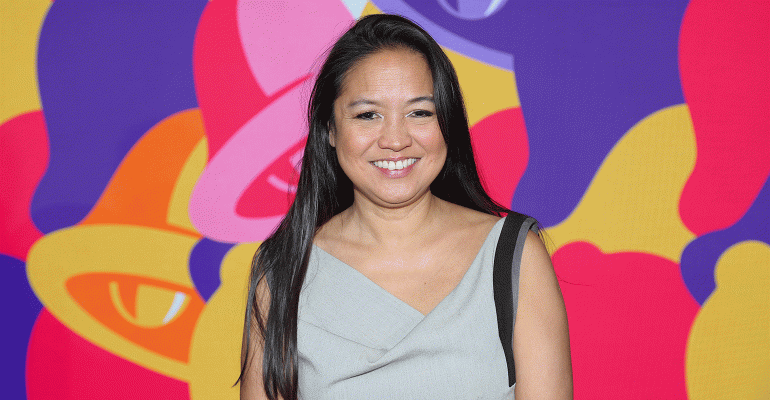Taco Bell over the past several years has developed a flexible building format that relies not on a prototype but a “kit of parts,” according the company’s head of development and design.
“Before a couple of years ago, we did the traditional ‘make every store look the same’ for the comfort that people have with familiarity,” said Deborah Brand, Taco Bell vice president of development and design, at the recent RestaurantSpaces conference in Palm Springs, Calif.
But now, the 7,000-unit Taco Bell relies on four base designs that help the company “translate our brand to the three-dimensional space,” Brand said.
“We stripped everything down,” she explained. “We took a good, hard look at anything that wasn’t absolutely necessary from an operational perspective or wasn’t engaging to the customer.”

That included extraneous walls or decorative elements on the building that weren’t necessary, she said.
“The stripping down was the first exercise,” Brand explained, “and then we started layering back in with story-telling.”
That story is being told with custom murals in the newer restaurants or the use of existing architecture in urban units, she said.
“We stripped back anything that is extraneous and didn’t have a function from an operational perspective and brought it back to ‘a kit of parts,’” Brand said.
The brand now relies on four base designs — “modern explorer,” “heritage,” “California mid-century Modern” and “urban” — and modifies them depending on the site and location, Brand said.

While the design kit has grown from 30 stock keeping units to 127 SKUS, the pared-down base restaurant has given the Taco Bell design team latitude to create site-specific restaurants. The base restaurants have 17 percent fewer walls and about half the lighting fixtures, she said.
“It has allowed us to create a bunch of different looks with a few elements,” Brand said, and the design can bring in such items as reclaimed wood and provide more flexibility in seating.
“All these layers and complexities we are doing from a design perspective obviously are a total nightmare for our construction crews,” Brand admitted.
Taco Bell’s brand strength has developed in the years since founder Glen Bell opened the first restaurant in Downey Calif., in March 1962. Taco Bell’s design taps into that Mission Style original, as “authenticity is basically very important” to consumer trust, Brand said.
“Once you cross over that threshold from transactional to a trusted brand that is a friend, then you really can survive missteps as you continue to innovate and experiment,” Brand said.
And using the four base designs means Taco Bell can provide changes, such as last year’s incorporation of digital menu boards and kiosks to some units, without dramatically altering construction.
“We don’t want to have to reinvent ourselves every few years,” Brand said.
More recently, the designs have accommodated Taco Bell’s forays into urban spaces with more defined existing architecture and more constricted spaces.
Taco Bell has also been able to translate the brand in other ways, she said. The designs can allow for tiny dining areas or fit into shipping containers, such as a recent South-by-Southwest pop-up in Austin, Texas, that was purchased and moved to become a unit in South Gate, Calif., southeast of downtown Los Angeles.
The base design has also accommodated the brand’s two-year exploration of the Taco Bell Cantina models, which serve beer and alcohol.
“The first ones we did were in San Francisco and Chicago,” she said, followed by a 24-hour unit on The Strip in Las Vegas, Nev., which always is staffed with an employee who is ordained so the restaurant can host last-minute weddings.
Some of the elements of the Las Vegas Cantina unit have migrated to the traditional locations, Brand said
“We continuing to test and innovate fast and furiously,” Brand said. “We’ve always been known as an innovative brand from a food perspective, and we’re starting to carry that through from a design perspective.”
Contact Ron Ruggless at [email protected]
Follow him on Twitter: @RonRuggless

